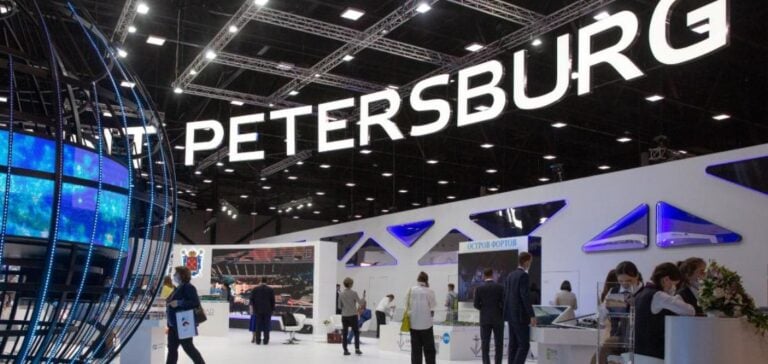Russian authorities, both regional and federal, are actively revising the initial plans for the first land-based Small Modular Reactor (SMR) in Yakutia. Initially planned as a single unit, the project could now incorporate a second unit to meet the region’s future energy demands. The reactor, a 55 MW RITM-200N derived from the RITM-200 series used to power Russian nuclear icebreakers, will be built near Ust-Kuyga in the Russian Arctic. Construction has already begun, with basic infrastructure such as workers’ camps and a new road underway. Rosenergoatom, a subsidiary of Rosatom, has been appointed as the operating organization. Nuclear regulator Rostekhnadzor granted the construction license in April 2023, and commissioning is scheduled for 2028, with a lifespan of 60 years and a fuel reloading cycle every five years.
Partnership for electrical infrastructure
At the St Petersburg International Economic Forum, an agreement was signed between Rosatom Deputy General Director Kirill Komarov and the Chairman of the Government of the Republic of Sakha, Kirill Bychkov. This agreement aims to guarantee the electrical infrastructure required for the SMR project. Local and federal authorities are committed to creating the distribution networks, transmission lines and substations needed to supply the energy required to meet the region’s current and future needs, particularly in view of the planned expansion of mining activities. Komarov said, “The Yakutia SMR plant will provide stable, low-carbon generation for large industrial consumers, becoming the regional energy hub. Once the plant is commissioned, it will be necessary to ensure its capacity loading by establishing new industrial enterprises as well as social and transport infrastructure.”
Industrial development and regional outlook
Bychkov added: “We will do our utmost to support the development of Yakutia’s Arctic territories, which have enormous potential for the creation of a mining cluster. With regard to electricity consumption by the population and equivalent consumer categories, it is planned to increase the electricity supply up to 5 MW in Ust-Kuyga and 7 MW in Deputatsky.” Joint estimates by Rosatom and local authorities show that the 55 MW supplied by a single unit of the RITM-200N reactor will be insufficient to meet the region’s industrial needs, hence the need for a second unit. Rosatom also emphasized that this plant will become “the heart of one of Russia’s largest mineral resource centers,” with the development of the Kyuchus, Deputatsky and Tirekhtyakh deposits, as well as wider infrastructure works to create a developed and comfortable area for work and living. With the expected growth in the regional population and the development of current and future deposits in the Ust-Yansk and Verkhoyansk districts, consumption by mining plants could exceed 90 MW of electrical capacity. This ambitious project could transform the Arctic region into a thriving industrial hub, attracting new investment and improving local living conditions.






















